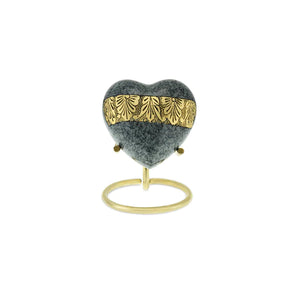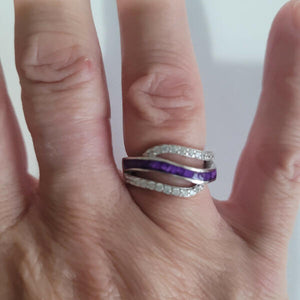A brief look at the historical origins of cremation

The origins of cremation go back a very long time. The oldest evidence of cremation dates from around 20,000 years ago.
The origins of cremation
The archaeologist Jim Bowler discovered the partially cremated remains of LM1 in 1969. They were in the Willandra Lakes region in New South Wales, Australia. Studies date the remains as being from between 19.030 and 24,700 years ago. We know little about the life of the Mungo lady. However, her death reveals the sophisticated rituals used by these ancient peoples. First, they incinerated the body. Then, they crushed and ground up her bones and these were again burned. Finally, ochre covered the cremated remains. The ochre came from a place many hundreds of kilometres away. This suggests that her cremation was part of a special ritual practice.
Cremation through the ages
During the Neolithic period or the Stone Age, about 3,000 BC, cremation was common practice, especially in the North of Europe and in the Near East.
In the Bronze Age, from 2,500 to 1,000 BC, the Celts used cremation frequently in their funeral rites. Cemeteries for cremated remains existed in northern Italy and Hungary.
The Mycenaean Age in Greece, between 1,600 and 1,100 BC, was a period of many wars. Cremation was the preferred method of disposing of so many slain soldiers. The ancient Greeks knew that cremating the body was the most hygienic method.
During the Roman era, 600-100 BC, cremation was generally reserved for the wealthy upper class. Also, members of the imperial family and military personnel could choose cremation.
Christianity opposed cremation
The early Christians, influenced by the Jewish faith, discouraged cremation. For them, resurrection was only possible with the body intact. Also, the new religion wanted to distance itself from pagan rituals. With the spread of Christianity, cremations diminished. Burial became the approved way to dispose of a human body. Until 1870, when Queen Victoria's physician promoted cremation at an international medical conference. He proclaimed it to be the solution to the growing problem of the spread of diseases.
England's first crematorium
The first custom-built crematorium in England was constructed in Woking. It opened in 1878, and the first cremation was of a horse. The first human cremation was of Jeanette Pickersgill in 1885.
Cremation and the Catholic church
It was not until 1963 when the Pope decided to lift the ban on cremation for Catholics. However, separating the ashes is not permitted.
Cremation is now widely practised worldwide. In Japan, almost 100-percent of people choose cremation. While in the UK the current figure is about 75-percent.







